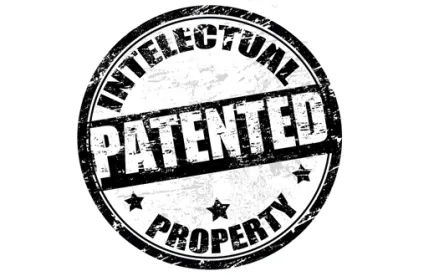After an inter partes review (“IPR”) is instituted, a patent owner may move to amend challenged claims to overcome the prior art. However, there are also alternative paths to amending claims over the prior art even after an IPR has been instituted. For example, the US Patent & Trademark Office (Office) has itself explained that a patent owner may file a reissue application or a request for ex parte reexamination. Timing, however, is important in both cases. The Office will consider a reissue application or a request for reexamination any time before either (1) the Office issues a trial certificate cancelling all claims in a patent or (2) the Federal Circuit issues a mandate affirming a decision finding all claims invalid. As long as the reissue application or reexamination request is filed before those events, patent owners can take advantage of these processes before, during, or even after an IPR proceeding results in a final written decision. Here we provide some further information for patent owners considering ways to amend claims that are challenged in IPR by filing a reissue application or requesting reexamination.
Reissue
The Office and the Federal Circuit have recognized that the reissue requirement under 35 U.S.C. § 251 because of an “error” in the issued patent is satisfied by a patent owner’s failure to previously present narrower claims. As such, if a patent owner seeks narrower claims in a reissue than those originally issued, a reissue application can be pursued.
Once filed, the reissue application proceeds through examination in much the same way as an application for a patent under original examination. Specifically, the claims in the reissue application must meet all of the statutory requirements relating to patentability (i.e., 35 U.S.C. § 101, § 102, § 103, and § 112). A risk associated with the filing of a reissue application is that, per 37 CFR 1.178(a), an “application for reissue of a patent shall constitute an offer to surrender that patent, and the surrender shall take effect upon reissue of the patent.” Therefore, the original patent claims will be replaced by those successfully prosecuted during the reissue proceeding.
Notwithstanding the requirement to surrender the original patent, the Office allows a patent owner to “hedge” because the reissue application may be abandoned at any time before the reissue occurs, including, for example, after obtaining a favorable result in a final written decision (FWD) in an IPR proceeding. Moreover, a reissue application has the advantage of expedited prosecution and will be taken up for examination even more quickly than applications having special status. A caveat however, is that while a reissue proceeding would not be precluded during the pendency of an IPR proceeding, the Office does have the discretion to stay the examination of a reissue application under those circumstances, as well as whether and when to lift such a stay. In doing so, the Office may consider a number of factors including the status of any motions, the strength of any newly presented questions, and whether lifting the stay would be in the interests of the efficient administration of the Office. Nevertheless, depending on the circumstances of the proceeding, filing a reissue application during an IPR may be a good way to salvage claims to an invention.
Reexamination
Ex Parte reexamination affords patent owners another way to amend claims outside of an IPR proceeding. Filing a request for reexamination requires the Director to determine whether a “substantial new question [SNQ]” of patentability affecting any claim of the patent concerned has been presented. The Director will not find a SNQ if the “question of patentability has already been . . . decided in an earlier concluded examination or review of the patent by the Office.” As such, the request must introduce a new and different patentability issue.
Once instituted, ex parte reexaminations generally address only issues relating to 35 U.S.C. § 102 and § 103, although the Office may also sua sponte invoke 35 U.S.C. § 112 under limited circumstances (i.e., in response to newly added subject matter in an amendment). Moreover, the asserted prior art is limited to patents and other printed publications. And similar to a reissue proceeding, the Office may stay the ex parte reexamination pending a FWD in an IPR proceeding addressing the same patent with the same factors dictating whether and when the stay is lifted.
Any claims that survive reexamination will result in the issuance of a certificate in the original patent, rather than the issuance of a new patent. This is a significant difference from reissue patents because a 35 U.S.C. § 315(b) bar triggered by service of a complaint alleging infringement of the original patent will also apply to the reexamined patent. By contrast, reissue applications result in a new patent that is not subject to the bar. Thus, both reexaminations and reissue proceedings present their own advantages and disadvantages
In sum, patent owners involved in IPRs should consider whether obtaining amended claims via reissue or reexamination would meet or exceed the outcomes expected after moving the Board to allow claim amendments during the IPR itself.





 />i
/>i

